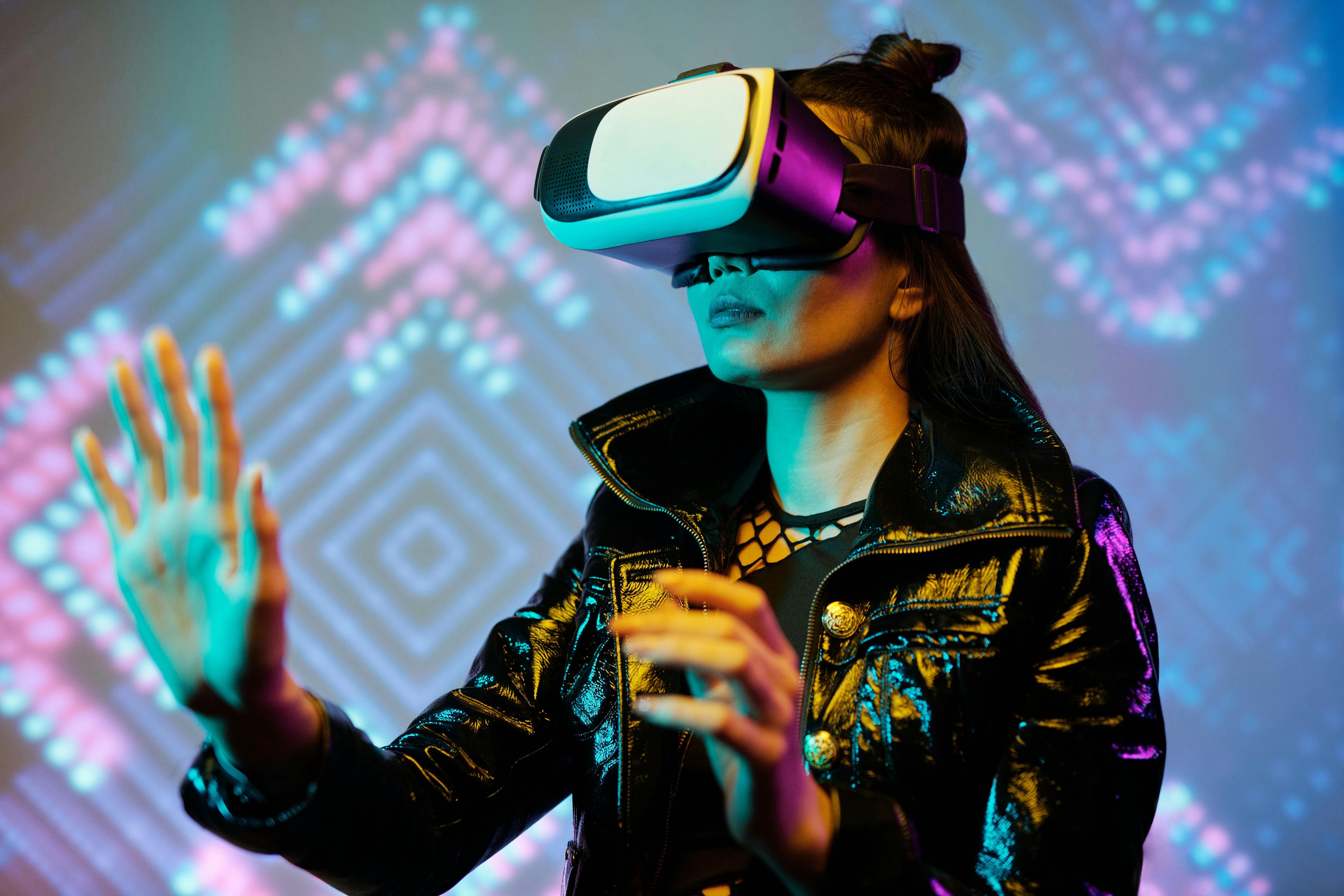A New Dawn: The Rise of Virtual Reality in Performing Arts
Introduction: In an era where technology is reshaping our lives, the performing arts industry is not left behind. The advent of virtual reality (VR) is transforming the way we experience art, creating immersive experiences that were once unimaginable. This article delves into the rise of VR in performing arts, its impact, and what the future holds.

A Glimpse into the Past: The Genesis of VR in Performing Arts
Virtual reality, a concept that was once confined to the realms of science fiction, has now become a reality. The journey of VR in performing arts began in the late 20th century, with pioneers like Myron Krueger and Char Davies experimenting with immersive environments. Over the years, VR has evolved from being a novel concept to a game-changer in the performing arts industry.
The Present Scenario: VR Takes Center Stage
Today, VR is revolutionizing the performing arts industry. From theater productions to dance performances, artists are leveraging VR to create immersive experiences that transcend physical boundaries. For instance, the Royal Shakespeare Company’s recent adaptation of “The Tempest” used VR to transport audiences to the magical island, offering a unique perspective on the classic play.
The Impact: A New Dimension to Performing Arts
The integration of VR in performing arts has opened up new avenues for artistic expression. It allows artists to break free from the constraints of physical space, creating immersive environments that engage the audience on a deeper level. Moreover, it has democratized access to performing arts, enabling people from around the world to experience performances that they might not have been able to otherwise.
The Reception: Embracing the Future
The reception of VR in performing arts has been largely positive. Audiences are embracing this new form of art, appreciating the immersive experiences it offers. Critics, too, have lauded the use of VR, recognizing its potential to redefine the performing arts landscape. However, there are also concerns about the accessibility and affordability of VR technology, which need to be addressed to ensure its widespread adoption.
Looking Ahead: The Future of VR in Performing Arts
The future of VR in performing arts looks promising. As technology advances, we can expect more immersive and interactive experiences. Moreover, as VR becomes more accessible and affordable, it will likely become an integral part of the performing arts industry. However, it’s important to remember that technology is just a tool—it’s the creativity and vision of the artists that will truly shape the future of performing arts.
In conclusion, the rise of VR in performing arts marks a new chapter in the history of artistic expression. It’s a testament to the power of technology to transform our experiences and broaden our horizons. As we embrace this new era, one thing is clear—the future of performing arts is here, and it’s virtual.




